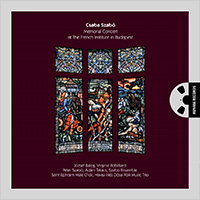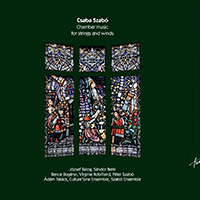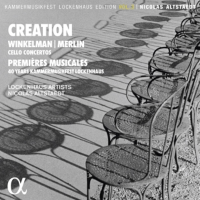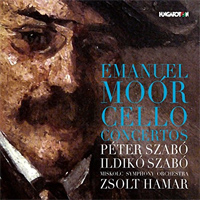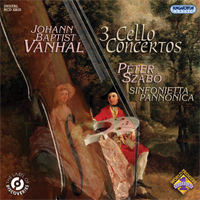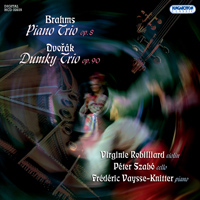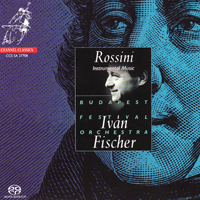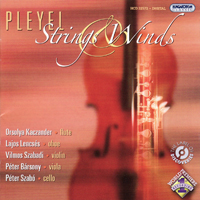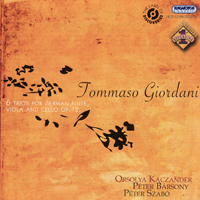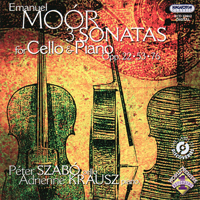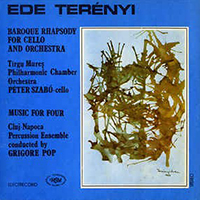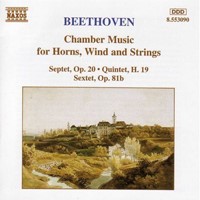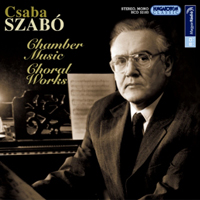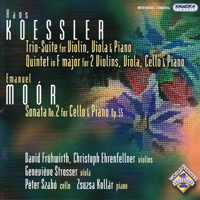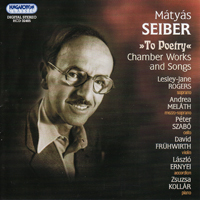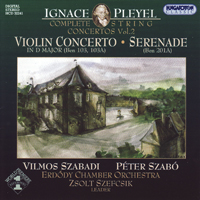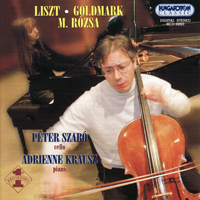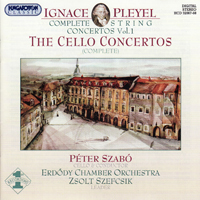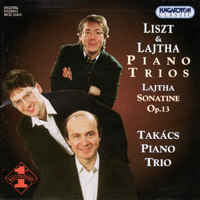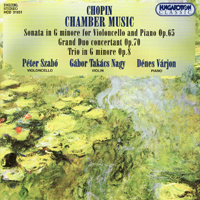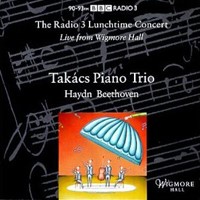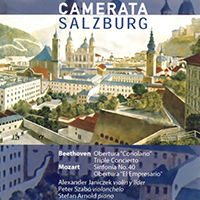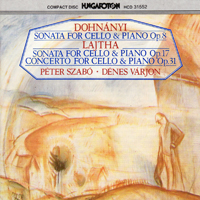Original compositions and period trio transcripts
The latest recording from the Takács Piano Trio contains the piano trios by Liszt and László Lajtha and the Sonatina written for violin and piano by Lajtha.
As a listener, one can react to a 1st Recording label in two ways: either with the collector's thirst for rarities or rejection -for someone possessing a rich and well-known repertoire, suspecting that these compositions are of marginal importance. Well, in this case, the pieces are definitely worthy of being recorded. Liszt himself made a transcript from the IX Hungarian Rhapsody --also known as the Pester Karneval --and from the piano piece, the Valley of Obermann - from the first volume of Years of Wandering. This latter, going under the name Tristia, was not exactly composed by him, he only made corrections on his German student, Eduard Lassen's transcript - but the fact that three versions of this transcript appeared shows that it was very important to Liszt too.
The transcript of the symphonic poem, the Orpheus originates from Camille Saint-Saens. Hearing the Rhapsody in this instrumental format is very curious; we grow to appreciate even more the pianist who is capable of displaying such solo rich and virtuoso material. The small apparatus makes the task easier for those who would like to know better the rarely played symphonic poem.
In the case of the Tristia, it is the 21 measured declamations of the introduction which are going to catch our attention --it does not form part of the composition, rather, it is like a personal comment added to the piece.
The highlight of the recording is undoubtedly the Lajtha's Op.10 Trio Concertante as interpreted by Gábor Takács-Nagy, Péter Szabó and Dénes Várjon. It is a beautiful and inventive piece which gives good account of the composer's sensitivity for chamber music, his theoretical and practical preparation and knowledge. The choice of genre was surely unique in his time and it is not by chance that only a few attempt to perform it: the first and final movements are at the level of a concerto solo line's difficulty for all three artists, who in the meanwhile have to conjure up some magical sound as intermezzo. The task was achieved with dignity by worthy interpreters; I can only wish that this fine and elaborately, beautiful music reaches the maximum possible audience! Lajtha's Op. 13 Sonatina is achievable for most violin-piano trios; here the greatest task is the clear interpretation of the technical composition knowledge.
Translation by Susan Kapás
Sztereó
September 2000


